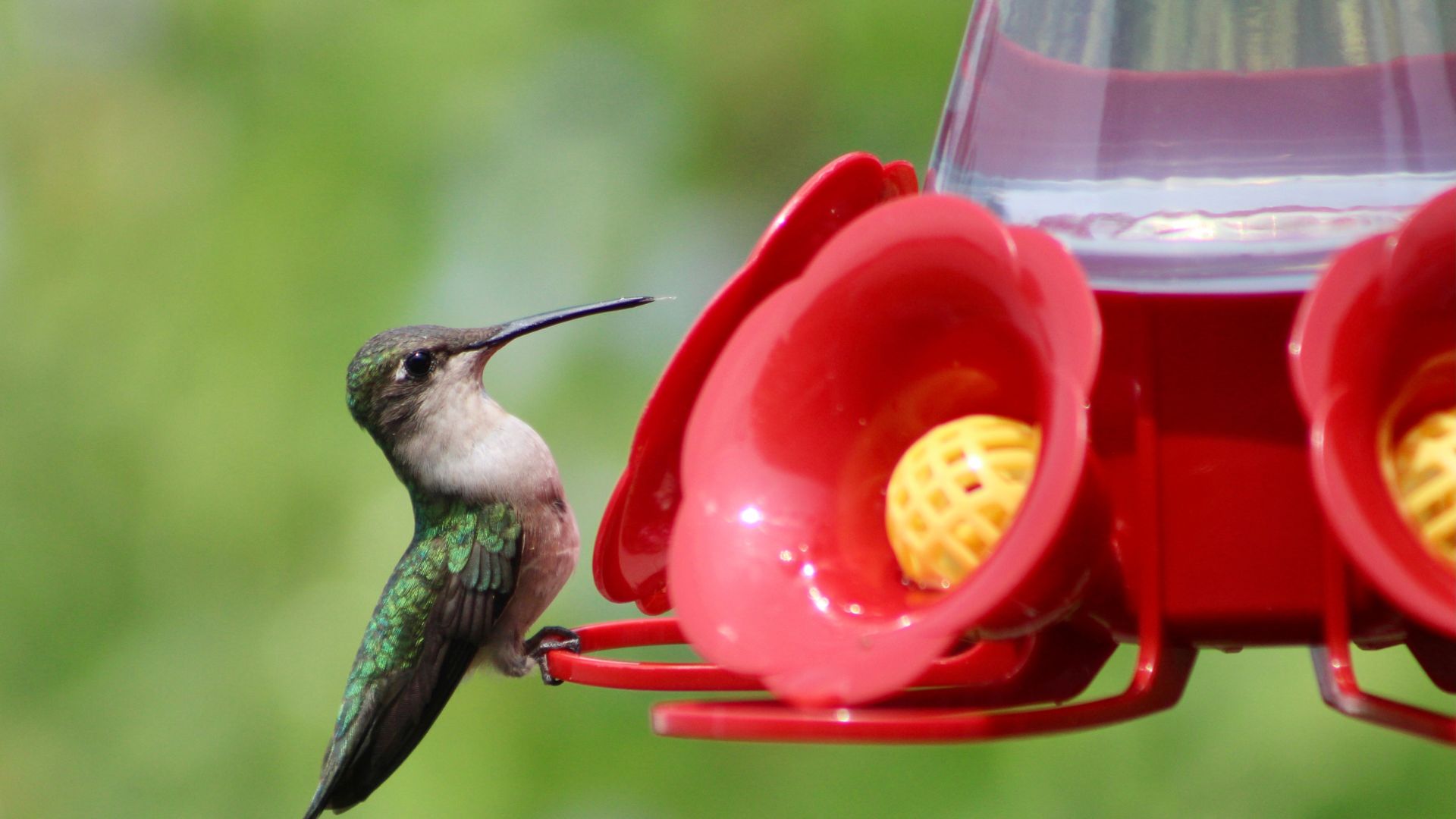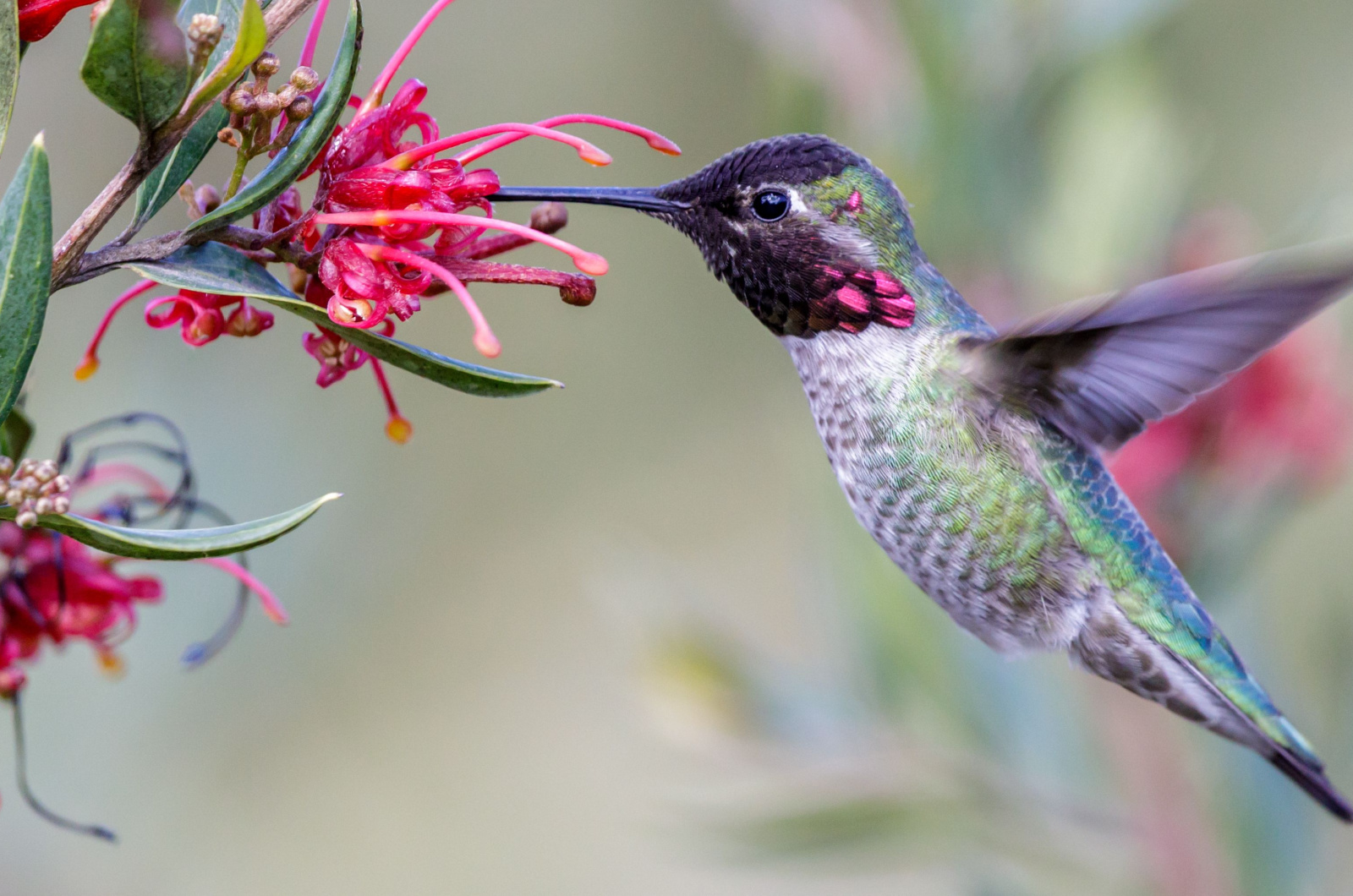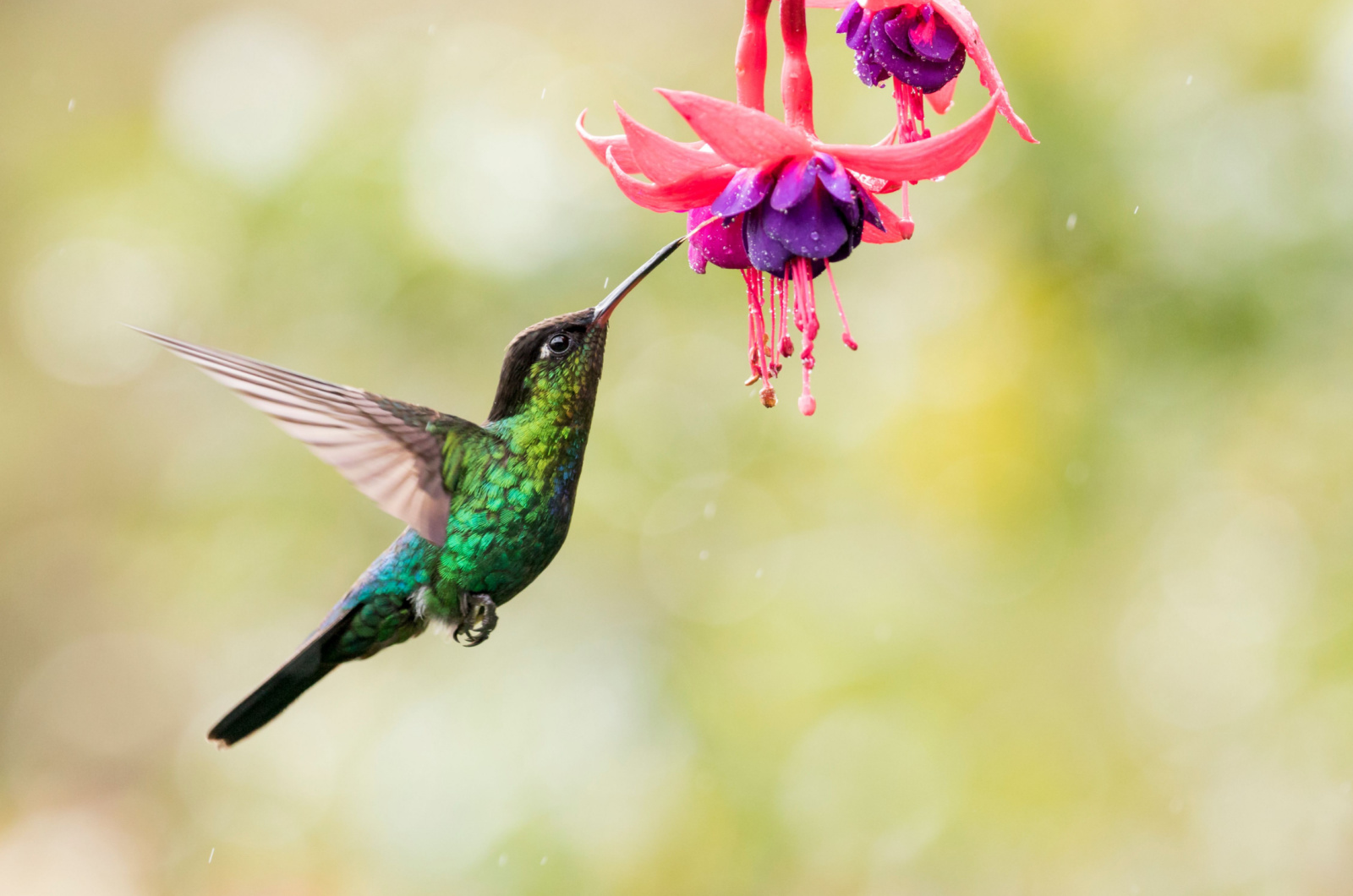Attracting birds and pollinators, hummingbirds in particular, is one of the great joys of gardening.
These little guys look adorable when frantically fluttering their wings and eating their share of the nectar you’ve left for them.
It is fairly easy to make their food on your own; dissolve a quarter of a cup of sugar in a cup of water, and that’s it.
However, there are some things you should never add to this mixture, such as red dye.
Why? Let’s check it out!
What You Should Never Add To Homemade Hummer Nectar
It is well-known that hummingbirds are attracted to bright colors such as red or orange, but adding red dye to their nectar could be very detrimental.
One study conducted on mice found that red dyes can cause DNA damage, which is the first step towards developing tumors. (1)
And since hummers need plenty of food to sustain their hectic lifestyle, they would consume ten times more of this dangerous substance than the tested animals.
There were many other studies about the effects of red dyes, and conclusions were pretty horrific. Some found them to cause breast cancer, reduce reproductive success, lower survival of offspring, etc. (2)
If you still want to make use of red to attract hummers, you can dye the feeder red or attach some brightly colored ribbons to it.
Bonus: Another Forbidden Ingredient
In addition to red dye, you should also never add honey to the hummingbird nectar, especially if you replace sugar with it.
That’s because this ingredient gets fermented when it comes into contact with water. This can cause development of fungal illnesses in hummingbirds, which can be fatal. (3)
Why Hummingbirds Need Plenty Of Nectar
Hummingbirds beat their wings up to 80 times per second and their heartbeats reach up to 1,200 per minute, which makes their metabolic rate extremely fast. They require a human equivalent of 150,000 calories each day. (4)
Their diet mostly consists of sugars from the nectar (natural or artificial), although they do eat small insects from time to time.
And if you’ve ever seen a hummingbird, you know they are neither ill nor obese. They have enzymes that process sugars and fats into energy, so nothing gets stored for too long.
Other Things That Attract Hummers
Homemade or store-bought nectar isn’t the only thing that attracts hummers.
There are the best flowers for attracting hummingbirds, and they are usually brightly colored: red, orange, yellow, purple, or pink.
These little guys particularly love hibiscus because of its tubular shape and vivid colors, so try to grow some other species with a similar flower shape.
They have particularly long beaks that allow them to relish in the nectar of trumpet-shaped flowers with ease.
And don’t forget about bird baths. Hummers love a good soaking after a hard day’s work, so introduce some water features where these birds can see them.
References:
1. Tsuda, S., Murakami, M., Matsusaka, N., Kano, K., Taniguchi, K., & Sasaki, Y. F. (2001). DNA Damage Induced by Red Food Dyes Orally Administered to Pregnant and Male Mice. Toxicological Sciences.
2. Williamson, S. R. (2008). Feeding Hummingbirds: The Dangers of Red Dye. Field Guide To Hummingbirds.
3. Brittingham, M. C. (2022). Hummingbird Feeders. PennState Extension.
4. Bartlett, P. (n.d.). Fueling the Hummingbird’s Extreme Biology. John Hopkins Medicine.



